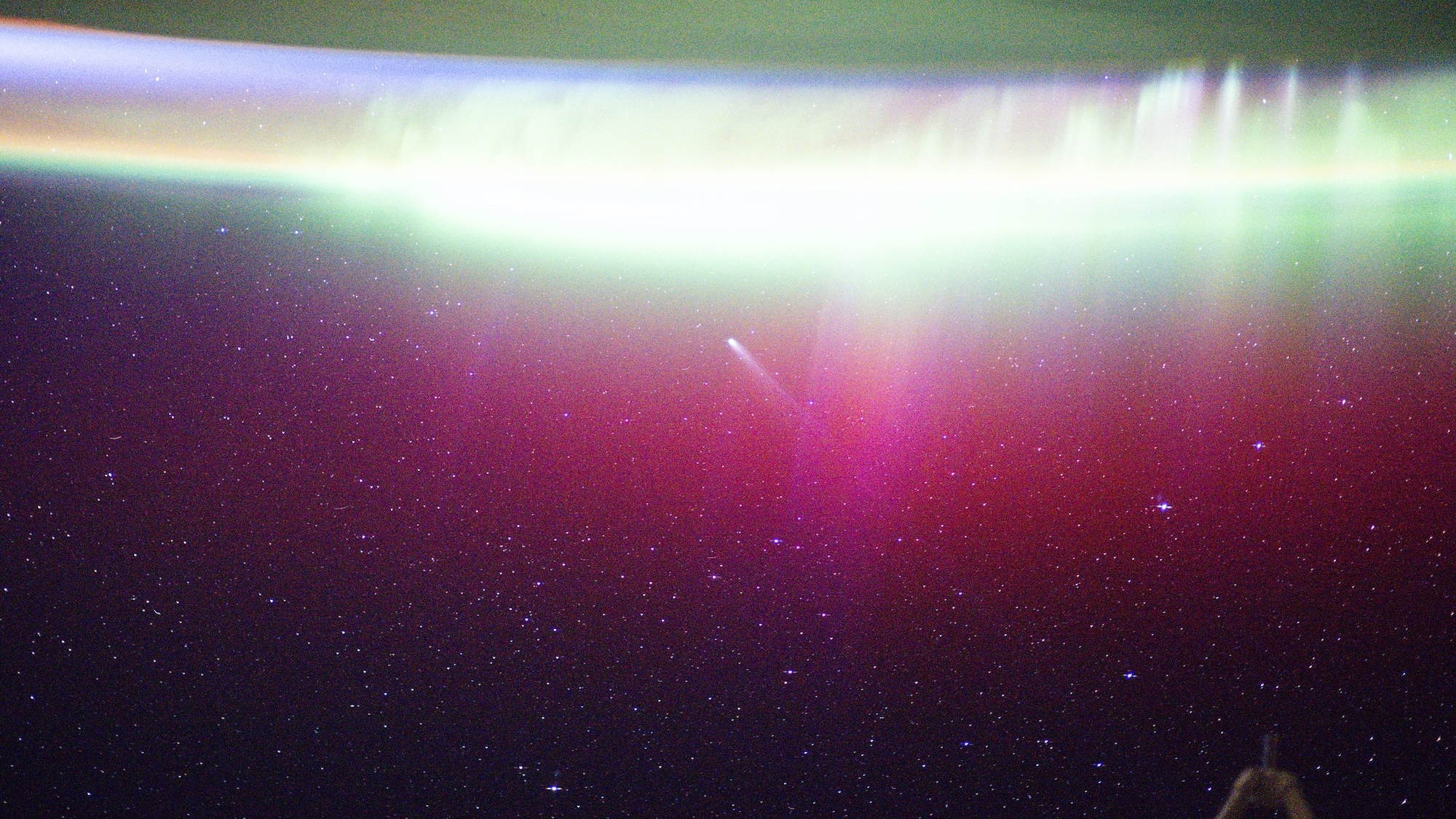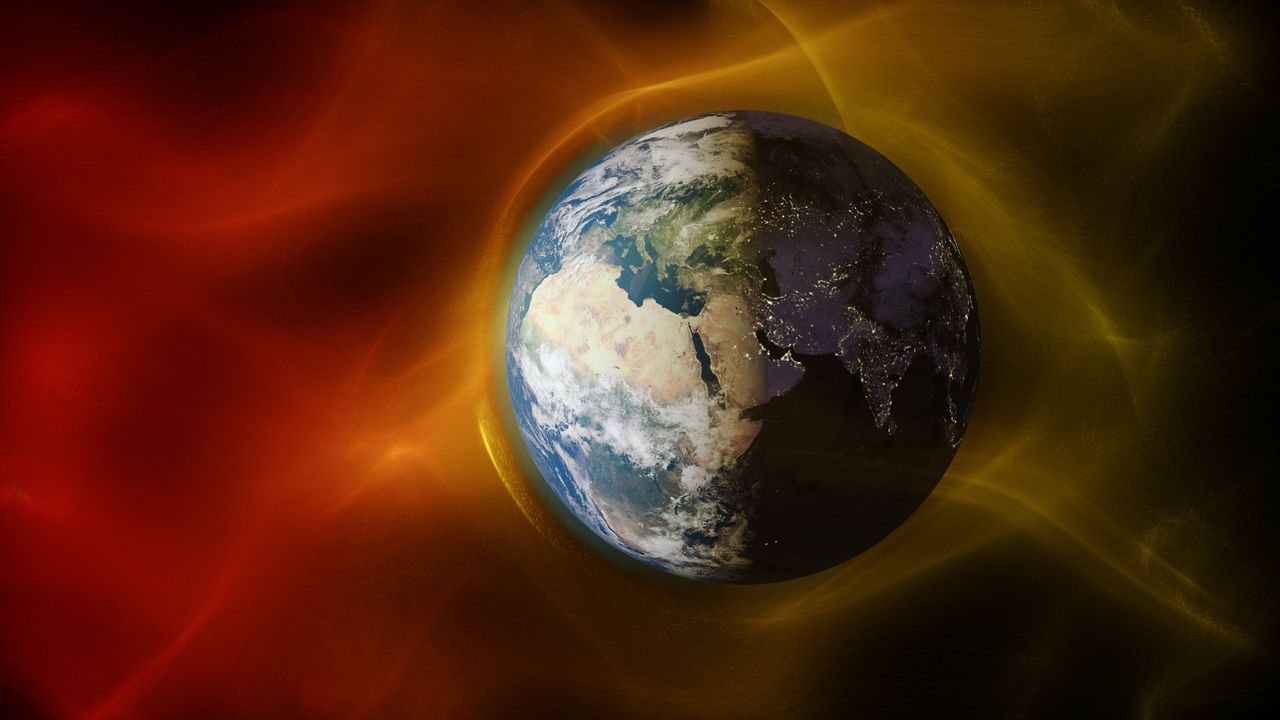Lost Planet Theia that Created the Moon Came From the Inner Solar System
PositiveScience
- New research has pinpointed the origins of Theia, the planet thought to have collided with Earth, resulting in the moon's creation. This discovery enhances understanding of the early solar system and planetary formation processes.
- Understanding Theia's origins is significant as it provides insights into the history of Earth and the moon, potentially influencing future studies on planetary formation and the evolution of celestial bodies.
— via World Pulse Now AI Editorial System



